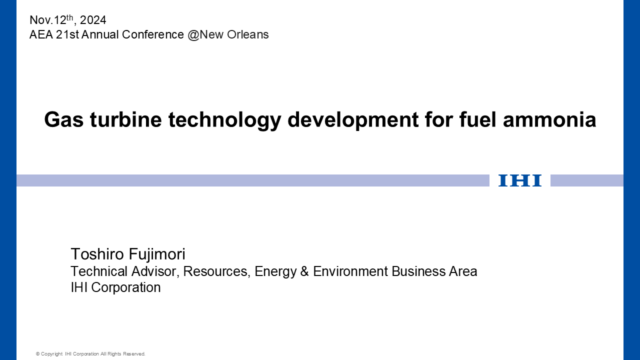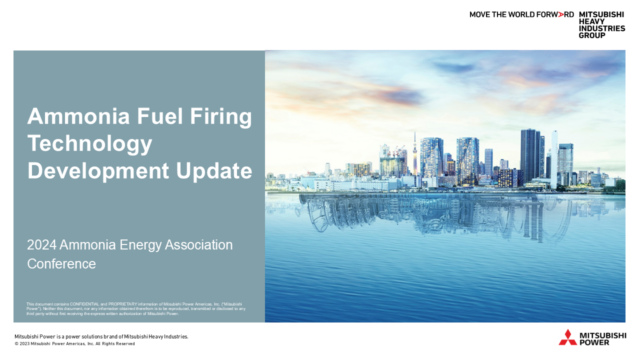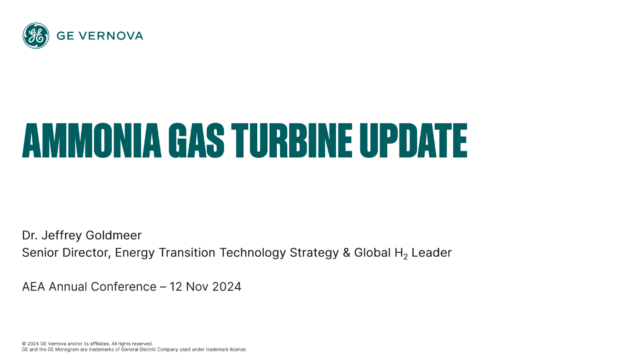Emissions
Hyundai Heavy Industries unveils marine ammonia engine
Hyundai Heavy Industries (HHI) has completed class approval testing for its HiMSEN Ammonia Dual-Fuel Engine, a four-stroke model that will be fed by direct high-pressure ammonia fuel injection.
Chivas Brothers and Simpsons Malt: low-carbon fertiliser for “greener” whisky
Chivas Brothers is currently trialing a low carbon fertiliser produced by OCI Global to produce wheat and barley for the whisky-making, with a potential for large-scale deployment.
Ammonia takes key role in Taiwan’s energy transition strategy
We highlight ammonia developments in Taiwan in line with the island nation’s plans to achieve net-zero emissions by 2050:
- Taiwan’s largest fertiliser manufacturer, Taiwan Fertiliser Company, will collaborate with ammonia industry giants Mitsubishi Heavy Industries and IHI Corporation to develop a low-carbon ammonia supply chain.
- Taipower, IHI and Sumitomo have an agreement in place to develop a 5% ammonia-coal co-firing demonstration project at Taipower’s Dalin Power Plant by 2030.
- And ITOCHU and U-Ming Marine Transport’s partnership for the joint ownership and operation of ammonia-fueled ships.
R&D recap: the Journal of Ammonia Energy – volume II
Ahead of the international Symposium on Ammonia Energy event next month, we recap R&D presented in the second edition of the Journal on Ammonia Energy:
- An integrated, indirect ammonia solid-oxide cell featuring a heat exchanger and ammonia cracker was modelled, built and tested by the UK’s Science and Technologies Council (STFC).
- The techno-economics of the transportation of energy from Orkney, Scotland to Milford Haven, Wales using ammonia as an energy carrier transported by ship may be the most cost-effective option.
- N2O and NOX conversion in ammonia engine exhausts is limited by the presence of oxygen and water, presenting an optimisation challenge for technology developers.
- And an academic-industry joint session on ammonia safety highlighted multiple projects currently underway to tackle the risks associated with the use of ammonia in new commercial sectors.
FuelEU: countdown to entry into force
The FuelEU Maritime Regulation is set to launch on August 31, requiring companies to submit monitoring plans ahead of its full implementation in January 2025. With modest initial targets and sophisticated compliance mechanisms like banking, borrowing, and pooling, the scheme offers flexibility while driving innovation in sustainable maritime technologies. The scheme also offers extra incentives for companies to proactively embrace Renewable Fuels of Non-Biological Origin (RFNBOs), before mandates enter into force next decade.








